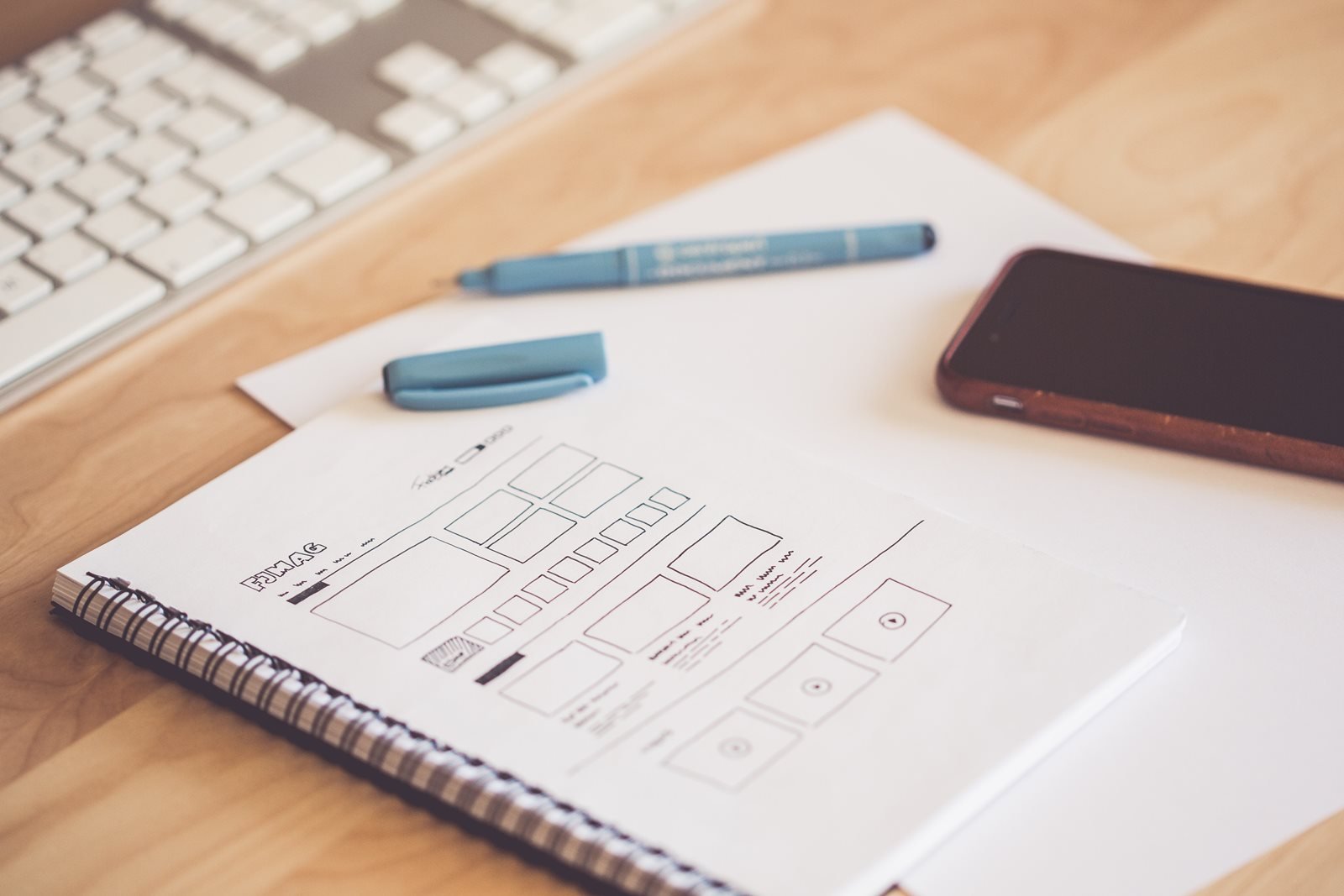7 success factors of UX design

Have you ever been frustrated by a website that was difficult to use? Or an app that didn't behave as expected? That can be very annoying, and it might even mean that you won't use that website or app again soon, or perhaps you'll look for a better alternative. This is where User Experience (UX) design comes into play.
The primary goal of UX design is to create digital products that are easy to use, useful, and enjoyable for the user. It's about ensuring that the user has a positive experience with the product, which can be crucial for brand perception. Increasingly, companies, from small to large, are aware that good UX design can make a difference.
UI design vs. UX design
But before we delve deeper into this, what is the difference between UX design and User Interface (UI) design? Simply put, UI design concerns how the product looks, while UX design is more about how the product works and how it is experienced. A good UX designer considers what the user needs and how the product can meet those needs. Or even simpler: UI design focuses more on the "look," while UX design focuses more on the "feel."
In practice, however, this distinction is not always so clear-cut, especially when you consider the tools used by both disciplines. Take color usage, for example. In UI design, color helps accentuate elements such as important buttons, which contributes to a pleasant experience. The main difference between UI and UX design is that UX design primarily focuses on aligning with the target audience and testing with that same audience.
Success factors of UX Design
What makes UX design successful? According to Peter Morville, a pioneer in UX, these are the 7 most important factors:
- Useful
It's important to understand what the user needs and what their goals are. A product that isn't useful will ultimately not be used by anyone. By researching the user, the design team can tailor the product accordingly. - Usable
The product should help the user achieve their goal. UX design should ensure that this happens seamlessly and in a pleasant manner. Any barriers should be removed to prevent frustration. - Findable
Both the product itself and its content should be easy to find. A user should be able to understand what is needed to complete their task and easily recognize it. This applies to finding information as well as completing processes like a checkout. - Reliable
A user must be able to trust the product. It should deliver on its promises. If a brand fails to meet expectations or even gives the impression of being unreliable, it will have a significant negative impact. - Accessible
A product should be usable by everyone, regardless of age, education, or limitations. By considering this, the product can eventually be used by everyone. I previously wrote extensively about this in our article on accessibility. - Attractive
A product should be attractive and desirable. Factors such as brand perception, aesthetics, and emotion play a role here. The more attractive, the greater the likelihood that someone will recommend the product. - Valuable
Finally, a product must be valuable to the user. This varies for each product and depends heavily on the type of product and its intended user. To be truly valuable, UX design must consider all the factors mentioned earlier, so that you ultimately get the most out of your investment.
Conclusion
In short, a product that is easy to use and provides a good user experience can ensure that people continue to use it and even recommend it to others. By applying the seven factors of UX design, the design team can ensure that the product meets the needs of the user and thus has a positive impact on brand perception.